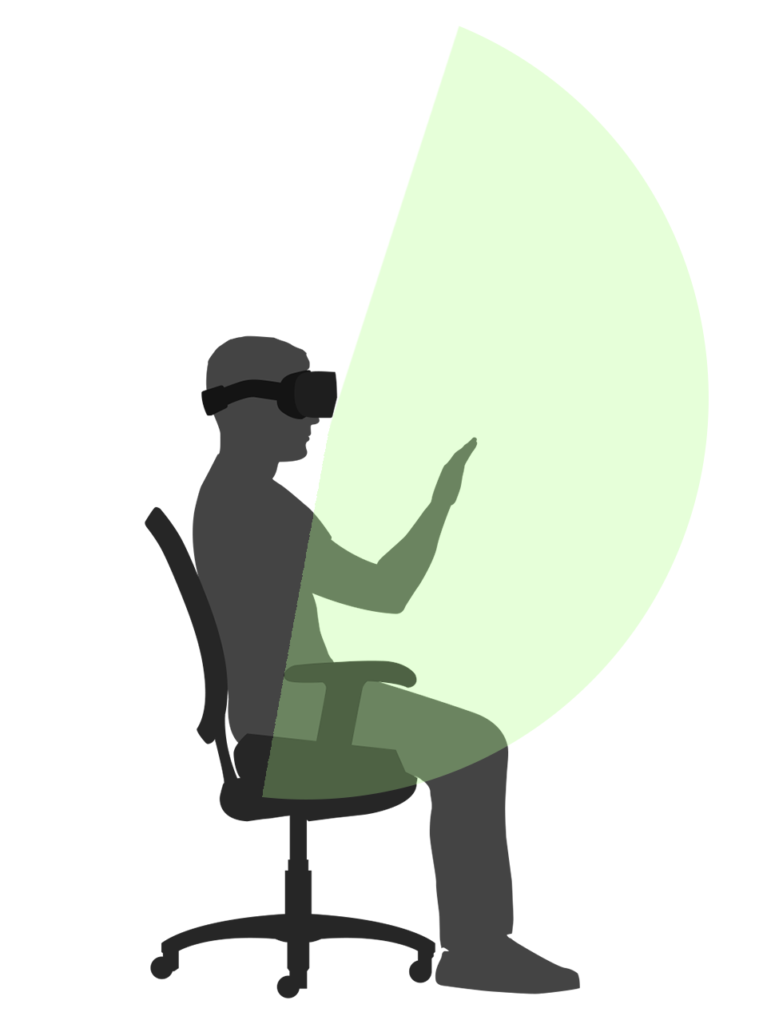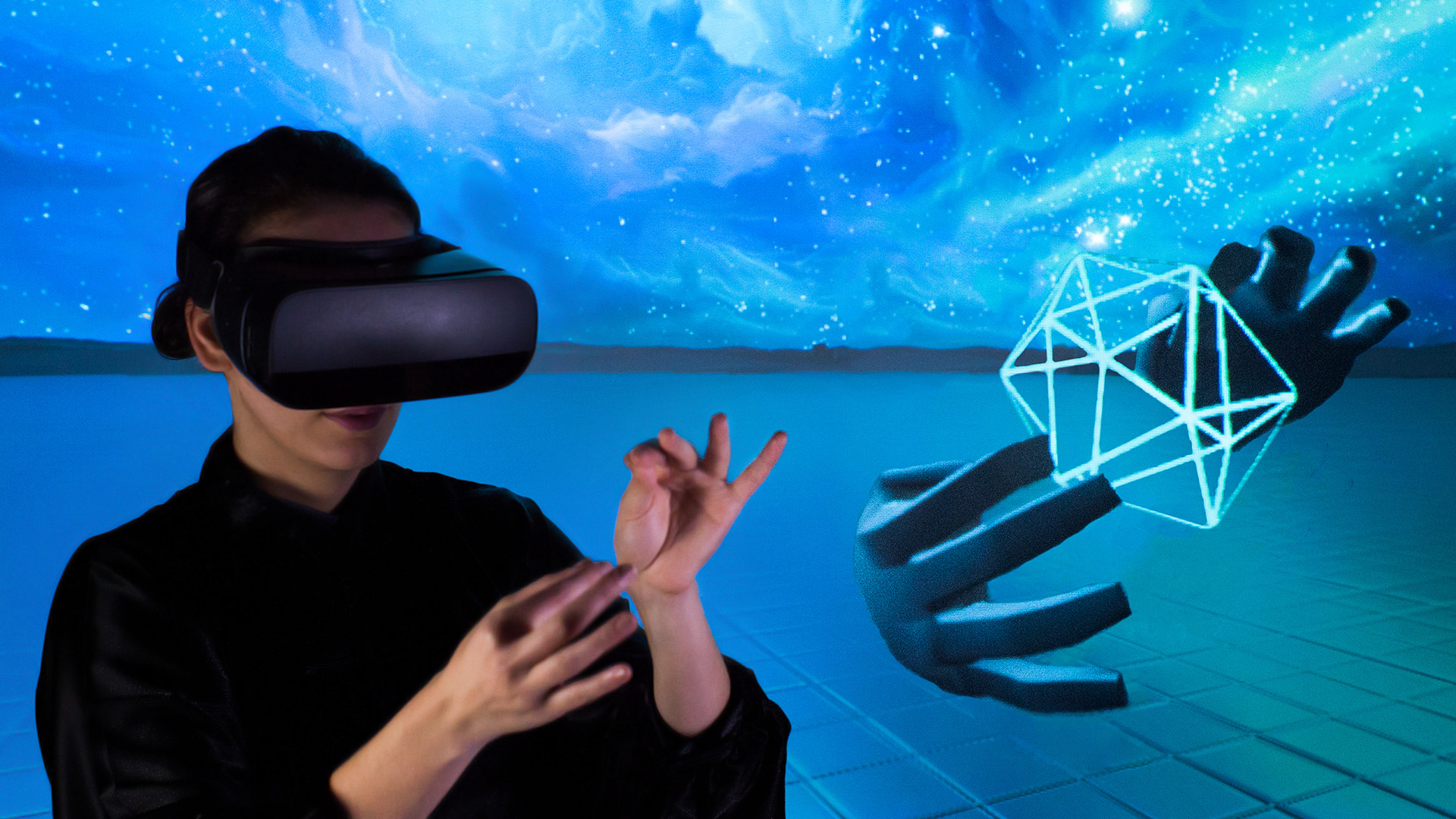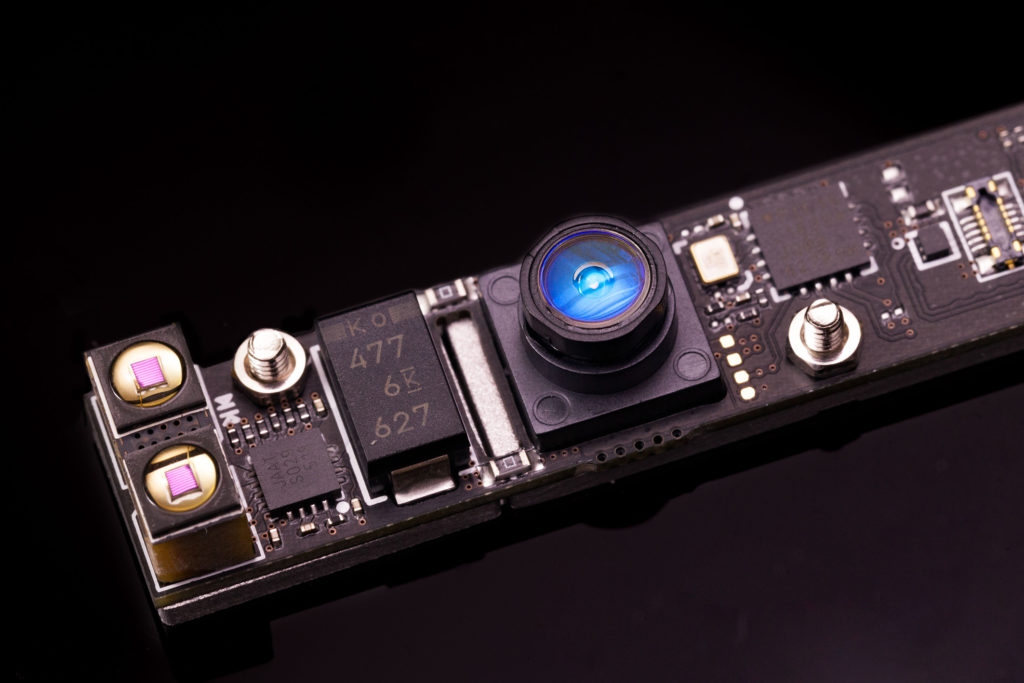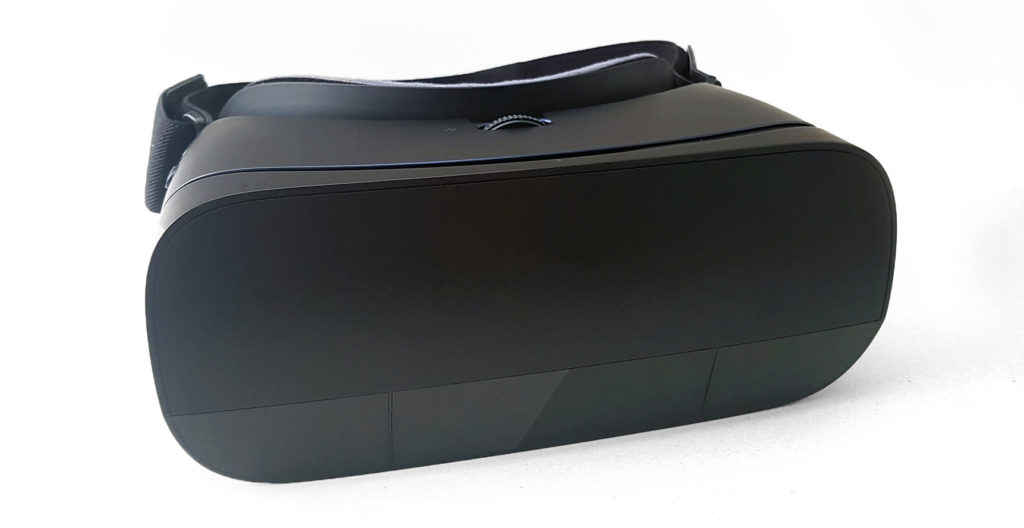Working in Silicon Valley, I’ve come to realize that everything that seems futuristic was actually on the drawing board a startling number of years in the past. Technology is like a flash in the darkness – long nights building towards an instant when suddenly everything is different. That’s why I think all of us work in technology, and why we at Leap Motion are always very much living in the future.
I come from the future now to tell you a bit about what’s just over the horizon. Today I’m going to be talking about the Leap Motion Mobile Platform. This is a combination of software and hardware we’ve made specifically for untethered, battery-powered virtual and augmented reality devices, many of which will run off the same types of processors already used in smartphones around the globe.
The challenges to build a tracking platform in this space have been immense. We needed to build a whole new Leap Motion sensor with higher performance and much lower power. We needed to make the most sophisticated hand tracking software in the world run at nearly 10 times the speed all while making it smoother and more accurate than ever before.

Last, we’ve built a reference system on top of the Gear VR that we’re shipping to headset makers around the world to show how this all comes together into a single cohesive product. Starting this month, we’ll be demoing this system at major VR events with an enhanced version of our Interaction Engine and flagship Blocks demo.
This is the beginning of an important shift towards mobile and ubiquitous wearable displays that will eventually be as easy and casual to use as a pair of glasses. The ultimate result of which will be the merging of our digital and physical realities.


